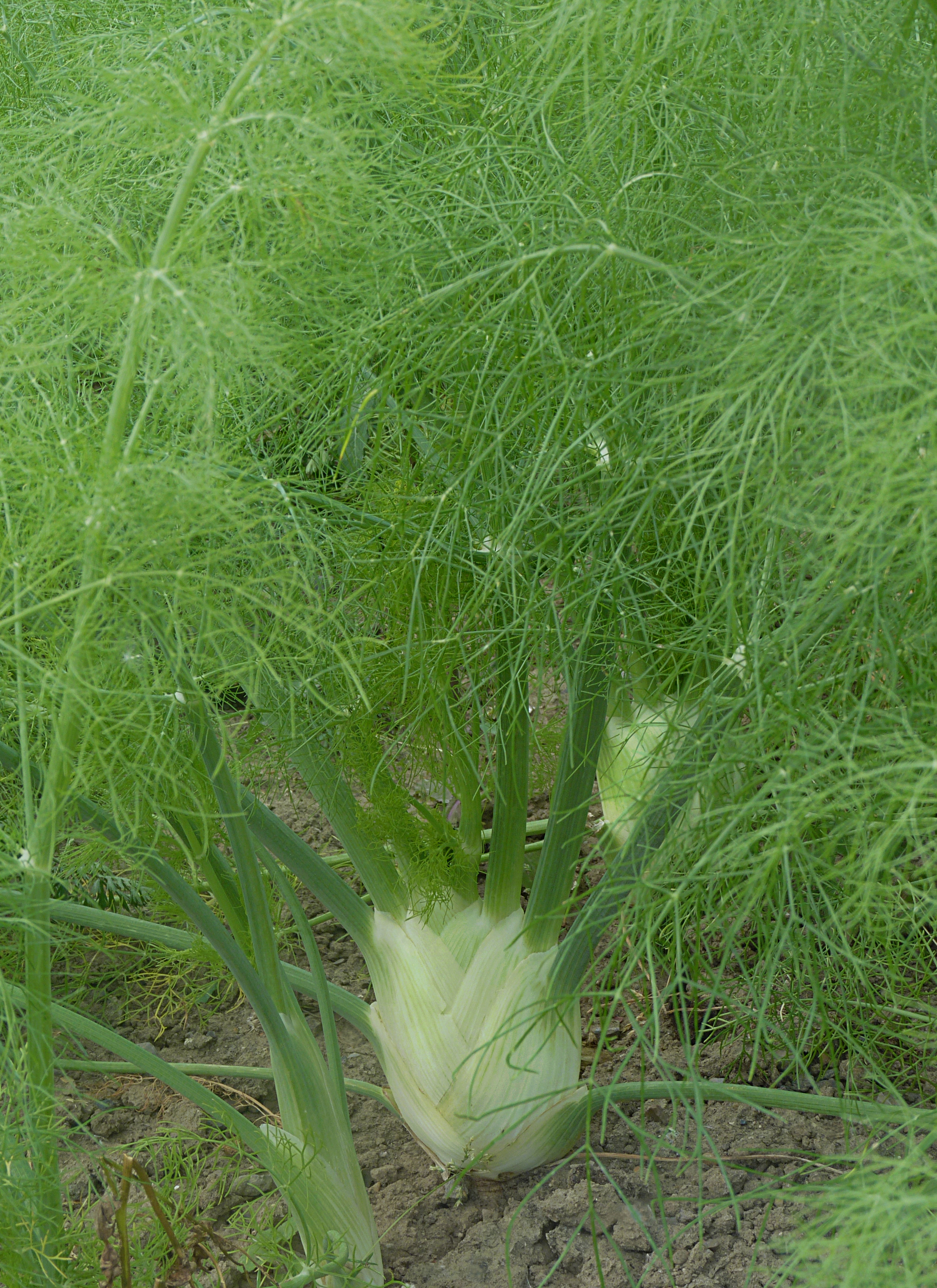 |
| It's not particularly photogenic, but it tastes really good! |
A recipe from the original Moosewood Cookbook. Made a few changes - added tomatoes, used quinoa, measured the added fat, and added the crunchy topping. I'm not against fat but it does carry a heavy caloric punch. You need some to carry flavor and give richness but I see no point in gilding the lily, as my mom would say. The original gave no amounts for the fat (butter in the original) at all.
This is a good recipe to use up bits of cheese. Two cups is enough, but you can add a bit more, if you want to use up what you've got.
Cauliflower Marranca
(serves 6-8)
non-stick cooking spray
1 pound mushrooms, chopped or sliced
1 medium onion, chopped
3 ½ Tablespoons oil, divided
1 14 oz. can diced tomatoes, undrained
½ teaspoon dried oregano, crushed
1 medium head cauliflower, cut into florets and core cut into bite-sized pieces
2 cloves garlic, minced
salt
black pepper
1 Tablespoon fresh or
frozen chopped basil
3 cups cooked quinoa or brown rice
2 - 2 ¾ cups grated cheese (jack, mozzarella, cheddar, manchego)
¼ cup dry bread crumbs
Preheat the oven to 350°F. Spray a large casserole dish with cooking spray and set aside.
Heat 1 ½ Tablespoon oil in a large skillet over medium heat. Add the mushrooms and onion. Sauté for 5 minutes. Add the tomatoes and their juice, and the oregano. Cook until most of the liquid evaporates. Add ½ teaspoon salt and ¼ teaspoon black pepper. Pour all this into a large bowl.
Wipe out the pan, add 1 ½ Tablespoon oil, and heat over medium-high heat. Add the garlic, cook for 30 seconds, then add the cauliflower and 2 Tablespoons water. Cover tightly and reduce the heat to medium. Steam cauliflower until tender, about 10 minutes. Season with salt and pepper. Pour into bowl with mushrooms. Add chopped basil, cooked quinoa/rice, and cheese.
Taste and add additional salt and pepper, if needed.
Pour into the prepared dish, cover, and bake for 25 minutes (35 minutes if the grain is cold). Combine the bread crumbs with ½ Tablespoon oil and mix until all the crumbs are moistened. Raise the temperature of the oven to 425°F. Sprinkle the bread crumbs evenly over the top of the casserole. Return to the oven, uncovered, to bake until top is browned and crunchy, about 10 minutes.
Let sit for 5-10 minutes. It is very hot right out of the oven and it's easier to serve if allowed to set up.
Best if reheated in the oven to keep the topping crunchy but it reheats OK in the microwave too.
Adapted from
Moosewood Cookbook by Mollie Katzen, Ten Speed Press, 1977.




















